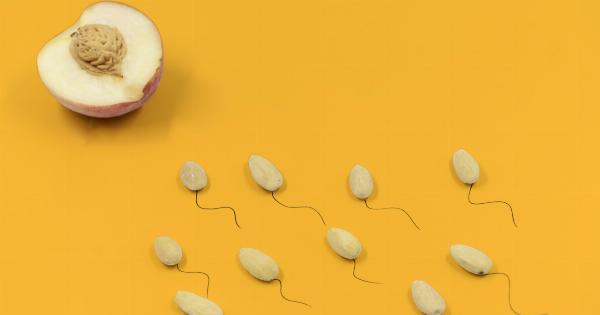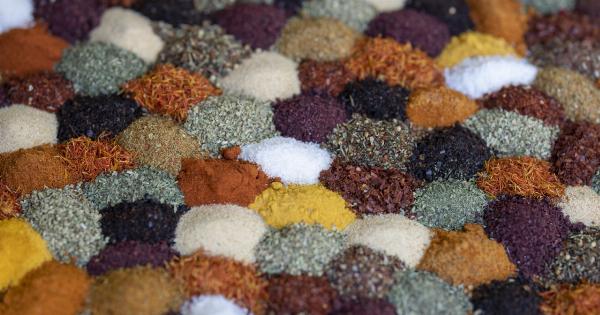Semen is the thick, whitish fluid that is ejaculated during sexual activity. It contains spermatozoa (sperm cells) and various other substances from the male reproductive system.
The volume, consistency, and overall appearance of semen can vary from person to person. While each individual’s semen characteristics may be unique, there are certain standards that can help determine what is considered normal.
Volume of Semen
The volume of semen produced during ejaculation can vary significantly. On average, a typical ejaculation releases between 2 and 6 milliliters (mL) of semen.
However, volumes as low as 1.5 mL or as high as 8 mL can still be considered within the normal range. Anything outside this range may require further investigation to determine the underlying cause.
Consistency and Color
The consistency and color of semen can also vary. Semen is usually thick and sticky immediately after ejaculation but will liquefy within 20 to 30 minutes.
If the semen remains thick even after this time period, it might indicate an issue with the seminal vesicles or other accessory glands.
As for color, semen is usually whitish or grayish. However, occasional variations in color can occur. For example, yellowish semen may be a result of urine mixing with the ejaculate during retrograde ejaculation.
If the semen consistently appears yellow, green, blood-tinged, or any other abnormal color, it is advisable to seek medical advice.
Sperm Count and Motility
The most crucial aspect of semen is its ability to fertilize an egg. This largely depends on the number and quality of sperm within the ejaculate. A normal sperm count typically ranges from 15-200 million sperm per milliliter.
Anything below this range may indicate a low sperm count, which can affect fertility.
In addition to sperm count, the motility of sperm is equally important. Motility refers to the movement and swimming ability of sperm. Around 40-50% of sperm should display progressive motility, meaning they are actively moving in forward direction.
If less than 32% of sperm show progressive motility, it may affect the chances of conception.
pH Level
The alkalinity or acidity of semen is measured by its pH level. A typical semen pH should be slightly alkaline, ranging from 7.2 to 8.0. If the pH level is too low or too high, it can affect the survival and movement of sperm.
In such cases, further evaluation is required to identify any underlying conditions or infections.
Factors Affecting Semen Characteristics
Several factors can influence the volume, consistency, and quality of semen. Some of these factors include:.
1. Age
The age of an individual can affect semen characteristics. Younger males typically produce more semen compared to older males, and the sperm count and motility may also be higher.
However, these differences are generally not drastic and do not preclude older males from fathering a child.
2. Sexual Habits
Frequent ejaculation can impact the volume and appearance of semen. If a person ejaculates frequently, such as through masturbation or sexual intercourse, the volume of semen might be lower.
Periods of abstinence may result in a higher volume of semen during the next ejaculation.
3. Diet and Lifestyle
Healthy lifestyle choices, such as regular exercise, a balanced diet, and avoiding excessive alcohol consumption and smoking, can contribute to better semen quality and overall reproductive health.
Adequate hydration is also crucial for maintaining normal semen volume.
When to Seek Medical Advice
If you have concerns about your semen characteristics or fertility, it is advisable to consult a healthcare professional. A medical evaluation can help determine the underlying cause and provide appropriate guidance or treatment if necessary.
Conclusion
The characteristics of semen can vary among individuals, but certain standards can help define what is considered normal. Factors such as volume, consistency, color, sperm count, motility, and pH level play crucial roles.
However, it is important to remember that variations in these factors do not automatically indicate infertility. If you have concerns about your semen or fertility, seeking medical advice is always a prudent choice.






























